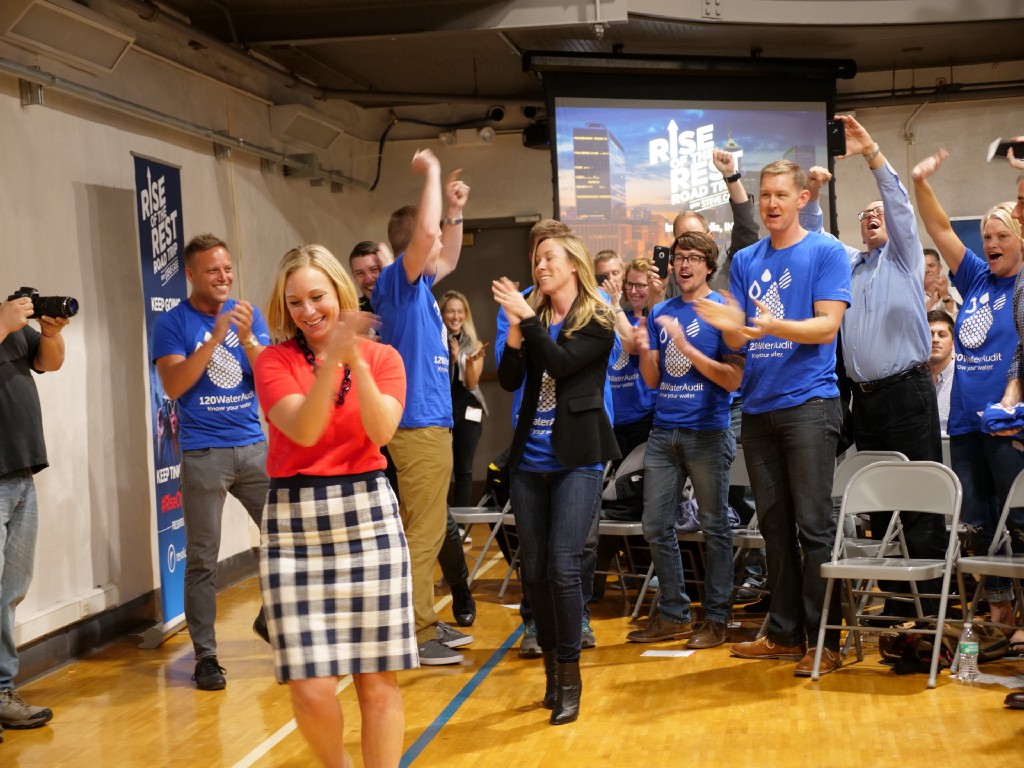In my book, “The Third Wave,” I discuss the rise of impact investing. It “provides the best of both worlds,” I wrote. “You can generate a financial return while enabling a societal benefit — driving both profit and purpose.” Advocating for impact investing is a core part of the Case Foundation’s mission, an organization I chair. Indeed, my wife Jean, who serves as CEO, spends much of her time building up the impact investing sector.
Earlier this week, Revolution, my investment firm, launched the new Rise of the Rest Seed Fund, a $150 million fund that will make investments in startups outside of Silicon Valley. The fund is an extension of our nearly four-year-old Rise of the Rest initiative, an effort to highlight (33 to date) entrepreneurial ecosystems outside of coastal tech corridors.
In an interview with the New York Times announcing the new seed fund, I made it clear that I was a fan of impact investing. I said I believed that the Rise of the Rest would have a positive impact, even though it was not structured as an impact fund.
Rise of the Rest should take pride in impact — not run from it
That created confusion, especially for the growing impact investing sector. So I wanted to set the record straight: I absolutely believe that impact investing can produce the same sort of market returns that other types of investing can achieve. If my comments in The New York Times suggested otherwise, that was not my intent.
Inclusive prosperity
My passion for what we’re doing with Rise of the Rest lies in the idea of leveling the playing field, so everybody, everywhere has a shot at the American Dream. Not a day goes by that I don’t stress that aspect. Right now, we have a situation where creativity is broadly distributed, but opportunity is not. We’re trying to change that.
So we care very much about impact. Given that, why don’t we call the Rise of the Rest Seed fund an impact fund? The answer is that our work at the Case Foundation has led to, among other deliverables, the creation of a Short Guide to Impact Investing. In it, we proposed the following criteria for impact investing: intentionality, measurement, and transparency.
A Short Guide to Impact Investing – Case Foundation
We said having intentionality was necessary, but not sufficient, to be considered an impact fund. You need to go further, laying out specific impact goals, and then measuring and reporting on them.
Startup capital
We do have intentionality around impact for our Rise of the Rest fund, but we don’t plan to measure or report on impact outcomes, at least not initially. That’s beyond the scope of this fund, which will make small, minority investments in budding regional companies that may not have the tools or expertise to do that kind of measurement and reporting in their earliest iteration.
Right now, we are focused on the most immediate problem: getting capital moving — quickly — to startups that need investment to get off the ground.
We look forward to exploring ways we can expand our efforts over time. We remain excited by the surge in activity in impact investing.
This new fund doesn’t have specific impact metrics, but we want to be clear: investing in Rise of the Rest cities is not just good business, it’s critical in creating a more evenly dispersed innovation economy.
Steve Case attracts a Who’s Who of business to his Rise of the Rest fund












